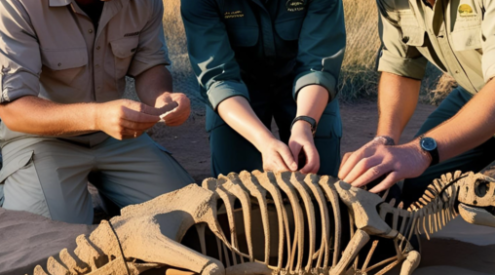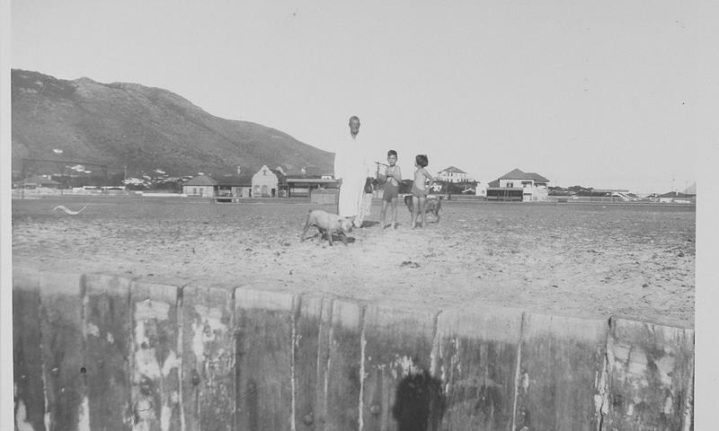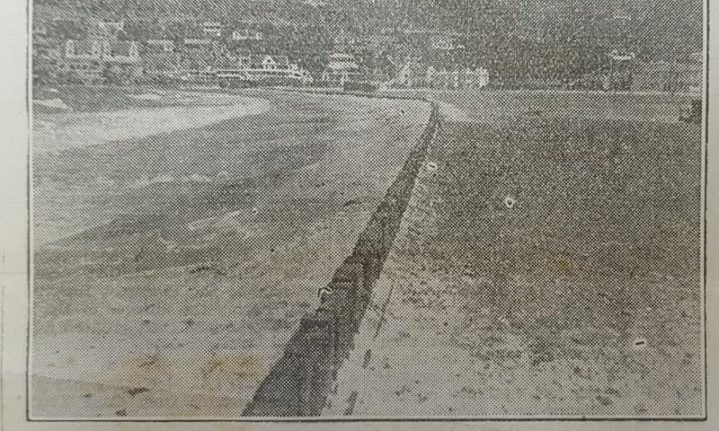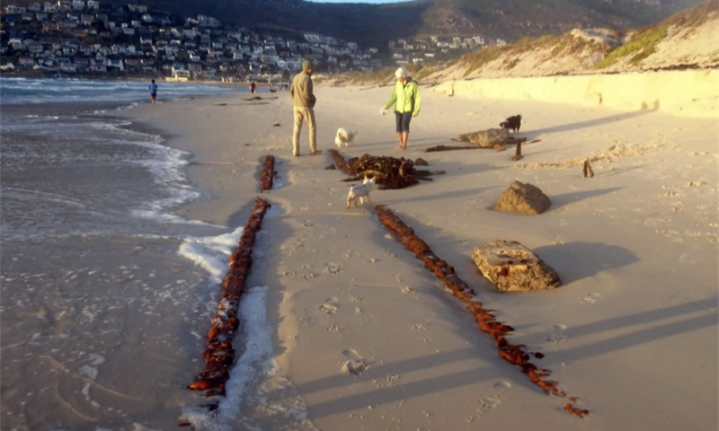What was initially believed to be a railway line dating back to the 1900s, is now considered to be the remains of the first revetment built on Fish Hoek Beach in 1930.
READ: Old railway line discovered under sand in Fish Hoek Beach, Cape Town

The confusion surrounding the ‘railway’ – which was recently exposed due to extremely low beach levels – stems from a reading of a book called A History of Fish Hoek, 1818 to 1968, by Eric Rosenthal.
Rosenthal describes how the government wanted to remove the dunes at Fish Hoek Beach and dump the sand at the Cape Town Harbour. This decision prompted disputes among residents, some stating that the dunes were obscuring the sea view, whereas others were concerned about the impact it would have on the coastal town.
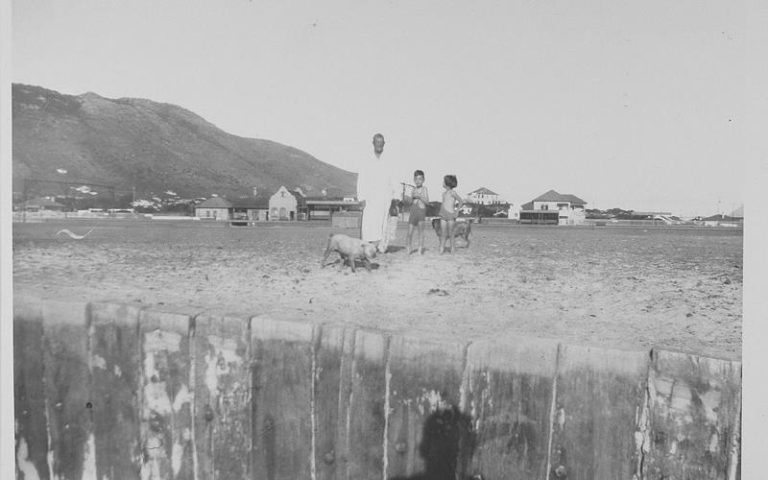
The majority of the village board voted in favour of removing the dunes, erected the revetment, and proposed planting trees and flowers, to which the opponents labelled it as vandalism, stating that there would never be a garden by the sea.
In April 1930, a referendum was called in which the majority voted for the dunes to remain; however, the Railway Department was not deterred and was still removing the last of the dunes a year later.

The City of Cape Town has now established that what was thought to be a railway line is most likely a remaining piece of the first beach revetment, which was built with sleepers from the railway line and joined by rail components. Lying on its side, it looked like a railway line.
Pictures: City of Cape Town
ALSO READ
Previously underwater, Antipolis shipwreck in Cape Town washes ashore



